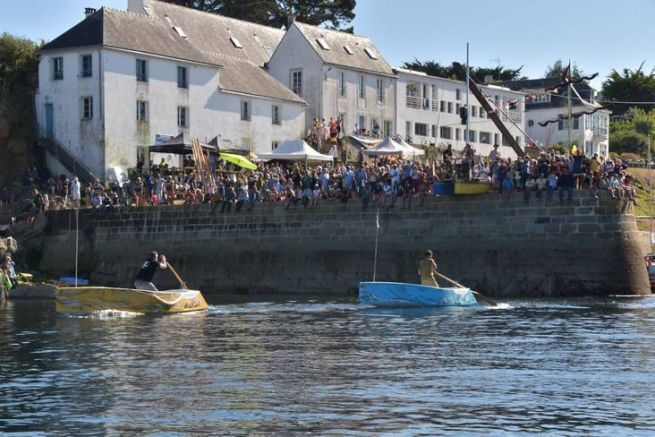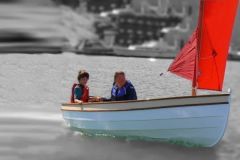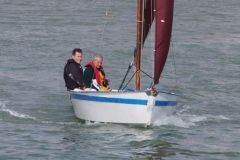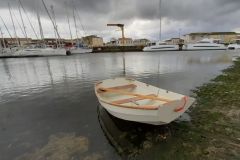Sculling is a means of propulsion that has been used for decades by experienced sailors on boats or small non-motorized sailboats. It designates both the object, an oar positioned at the back of a boat, which allows to move and steer by stirring the water, and the practice, that is to say the action of "sculling", which requires a certain dexterity. The boat can be of various types, but always has a transom that allows the scull to be placed in its support.
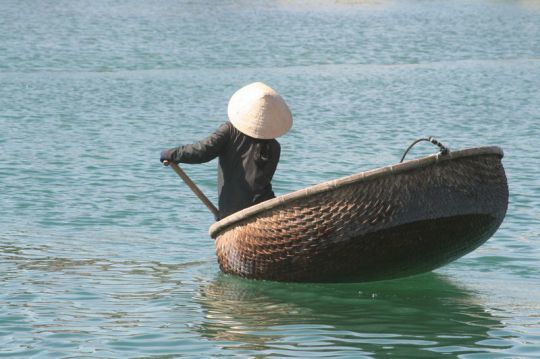
Sculling in France
The sculling is mainly used in the Atlantic and particularly in Brittany. This type of propulsion has long been the majority in this region. Historically, it is used by most professional and leisure fishermen, especially when sailing or motoring does not allow fishing. It is also used to pass between two banks on lakes, rivers or seas.
Sculling was particularly adapted to flat-bottomed boats. It quickly became a means of propulsion to help out, especially when the engine failed or when sailing was difficult. As an alternative to thermal (or electric) propulsion, it is mainly used for secondary displacements.
Today, sculling has its own world championship which takes place every year on the island of Groix, in Port-Lay. New generations of scullers are also being created to keep the practice alive and to teach it to young people in particular.
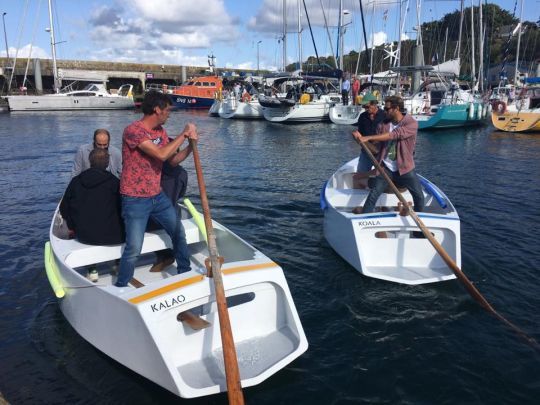
Sculling in the world
South America
On the lake Titicaca euros in the Andes cordillera euros the inhabitants of the Uros islands move on Yampus, made with reeds and moved by a scull placed between two tolets. The scull is made simply, a branch is used as a handle. It includes however a double handle, made with a branch fork.
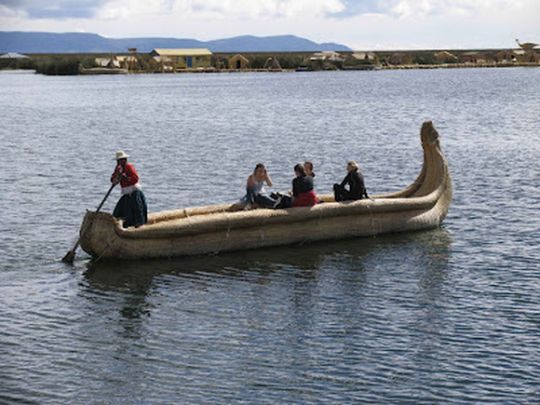
In the China Sea, and more widely in Southeast Asia, Sanpans are used for coastal fishing, coastal navigation and even as dwellings in protected waters. It is a wooden boat with a flat bottom similar to the barges found on our rivers. It is propelled by a pole or a long scull called yuloh.
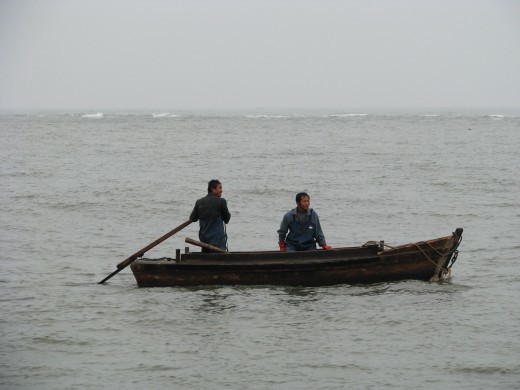
Japan
The Tarai-bune is a cylindrical boat comparable to a large basket or a half barrel made of wood. It is mainly found on the island of Sado. The oar is attached to the boat with a rope forming a loop and allows to scull by pulling the boat rather than pushing it. It allows access to very shallow water, especially for fishing.
The case of the gondola
The Venetian gondola is not driven by a sculling motion. Unlike the classical swimming technique where the oar comes out of the water and returns to its starting position, the gondolier's oar returns to the same position while remaining submerged.
